On a particularly long and tedious road trip, we drove over an hour out of our way to visit the Masonic Caves. We originally found the sign for the site during a visit to the Black Chasm Cavern but ran out of time and were hesitant to visit the destination because it was not marked, listed, or known. I kicked myself after (I was not my normal self) because these are often the best destinations!
In hindsight, it worked to our advantage that we missed the caves the first time because on the second visit we discovered that the attraction is closed for an indefinite amount of time (as of 2014). If we hadn’t driven out of our way, we probably would have turned around and never come back. But because of the effort, I went looking for the current homeowner to see if we could perhaps get a glimpse at least one of the caves.
What we found was quite possibly the sweetest and nicest lady and her dogs. She and her husband own the yard that you need to cross to get to the caves. But, right now the caves are closed for safety reasons. Above the door to one cave is a rock that looks like it could break away from the entrance at any moment. Some work has been done by the Masons to secure the area, but for now, everyone is waiting for the rock to break away.
We hoped it would fall last winter, but it was too dry. It’s only a matter of time before it comes down.
The caves are still owned by the Freemasons and play an important part of California’s masonic history. When the ’49ers started to arrive during the Gold Rush, it was the first time that a glut of people with different religions, cultures, and beliefs arrived in California; and, many of the men looking for gold were Masons.
In Volcano, they had no lodge or place to hold their meetings even though the area was a common destination for new miners. They used the caves as a makeshift lodge until buildings could be built. In 1853, a building was added to the plateau above the caves.
The first cave (Cave #1), was used as a vegetable market where produce and items such as nails, spikes and horseshoes, were sold to miners who lived along a nearby creek.
If you look by the entrance at the two white dots and work yourself backwards, you’ll see the face of a bear. All the kids see it. It was kids who pointed it out to me the first time. We did see the face of a bear and once you see it, it’s impossible to ignore (bottom left of the cave entrance).

The nearby Cave #2 was transformed into a saloon (known as the Spring Saloon) and sold whiskey, candy, and ice cream from the entrance; alcohol was kept in a small cold spring that ran through the cave. This cave is currently closed to the public because of the rock.

In Cave #3, the Volcano Lodge #56 was formed. It was here that the Freemasons held five meetings in the 1850s. This is the most dynamic and dangerous of all the caves because a series of limestone honeycombs run for 9-miles under the surface. Near the back of the first chamber, there is a pit that drops 1300 feet into a pool of water. This was filled in by the Masons in recent years to keep people from falling to their death.


As mentioned above, a lodge was added to the plateau above the caves in 1853. This old building lasted only a decade because in 1864, during a particularly cold December evening a fire was built for a meeting but not properly attended when the men left. Afterwards, the building burnt to the ground. The secretary, who didn’t trust leaving documents in the building, took all the lodge’s records and valuables home that night and luckily all were saved.
The Mason’s weren’t the first people to use the caves, however. The Miwok lived in Cave #2 and have visited the site for hundreds (if not thousands) of years. Close to the stairs that lead up to the plateau, there is a protected Miwok burial crypt.
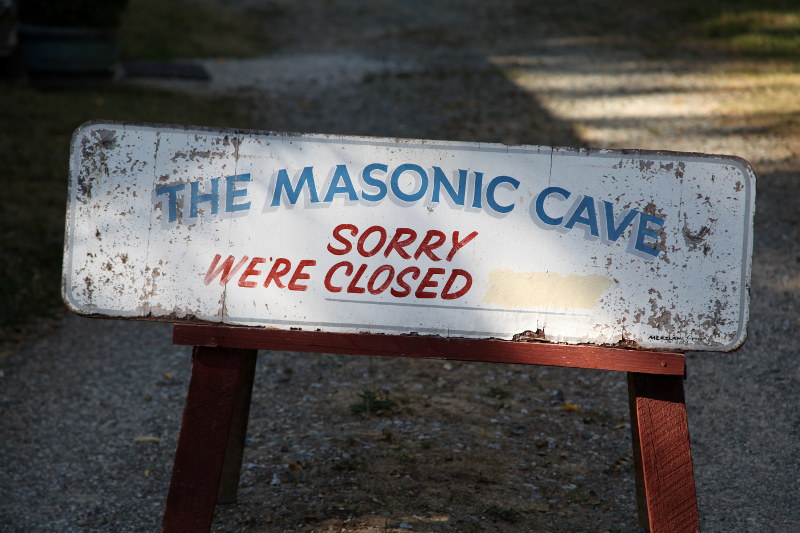
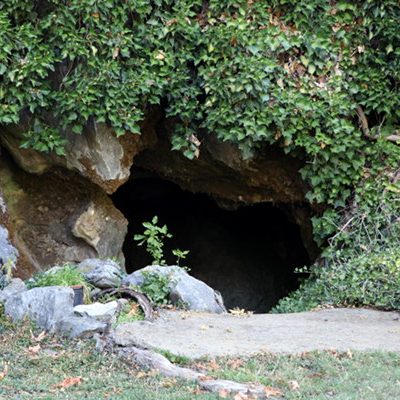
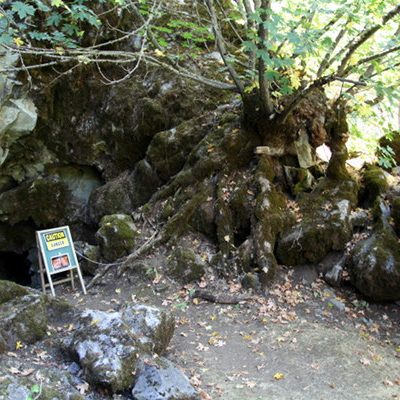
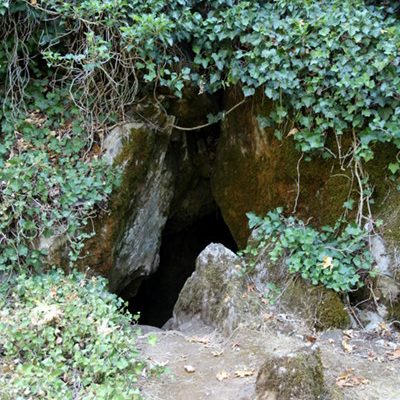
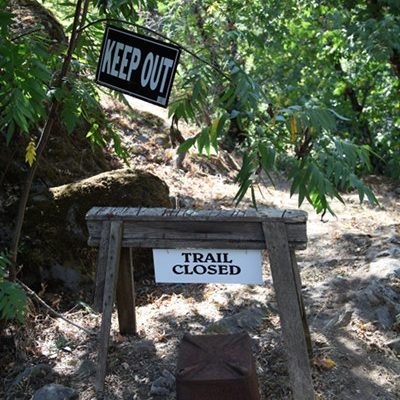
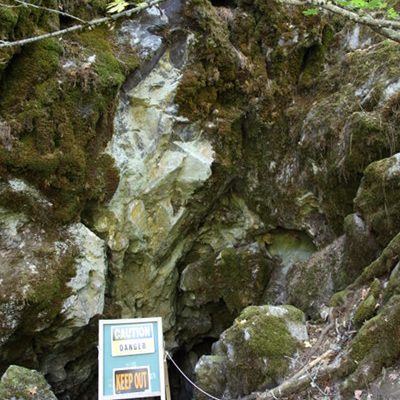
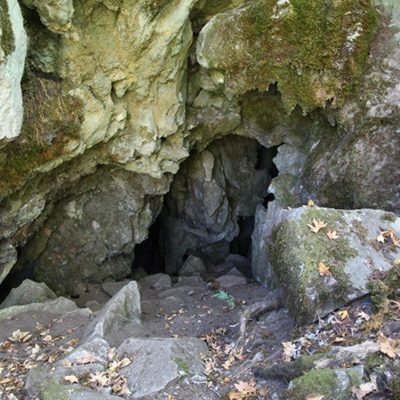
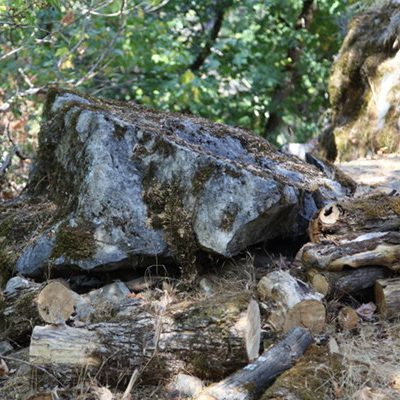
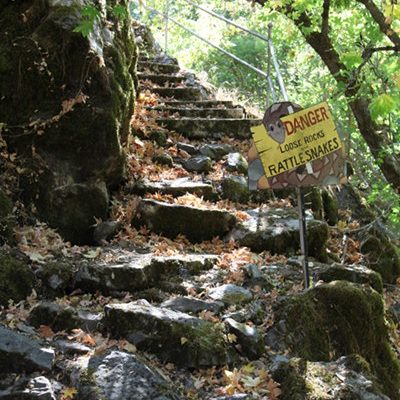
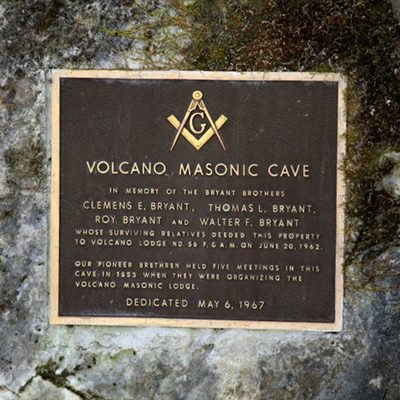
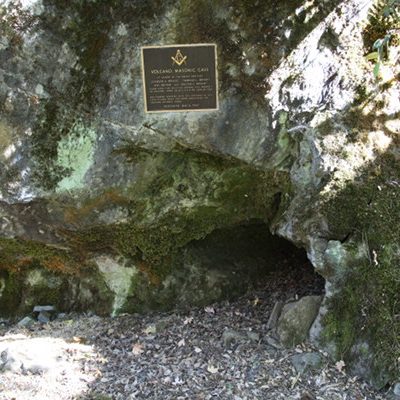
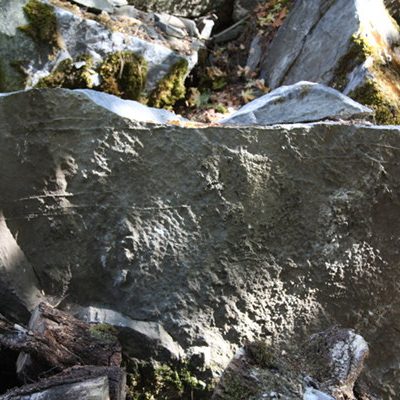
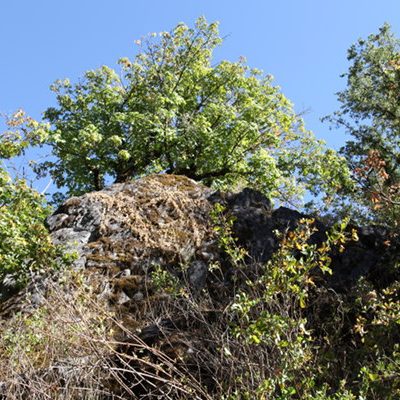
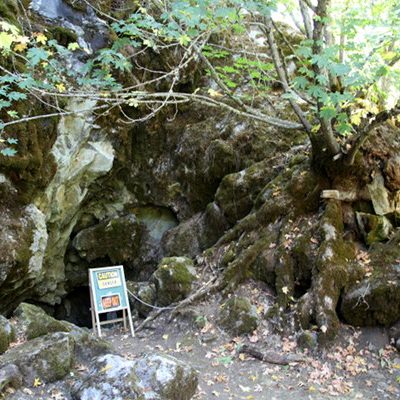
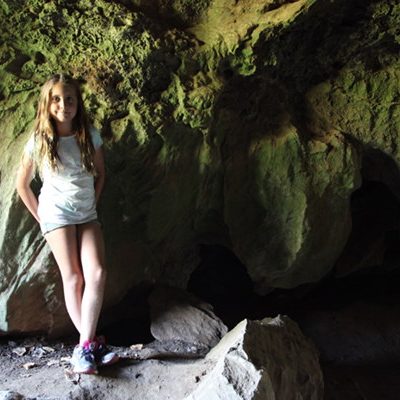
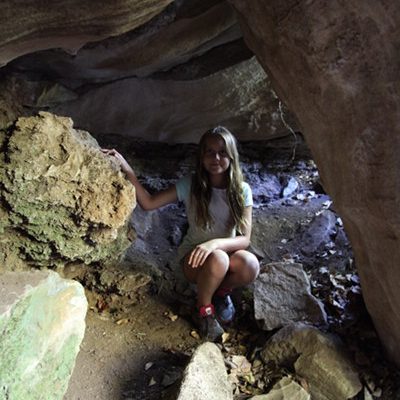
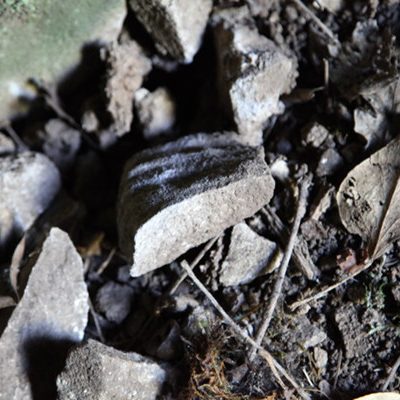
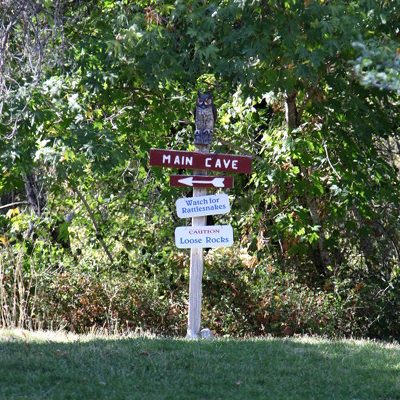
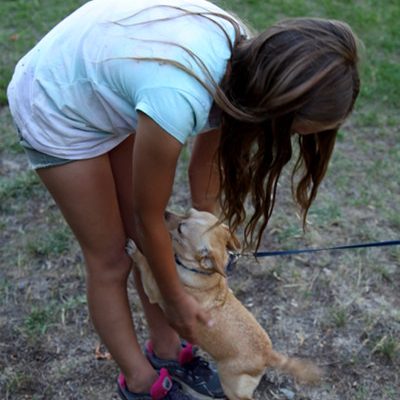
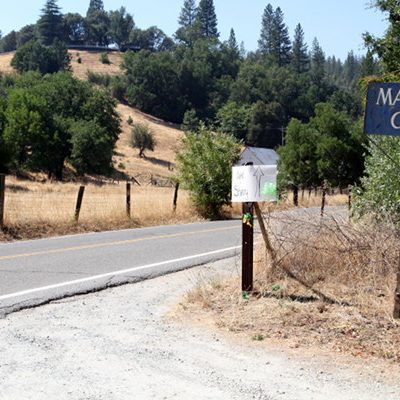
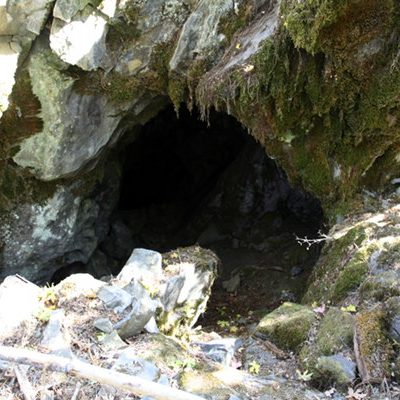
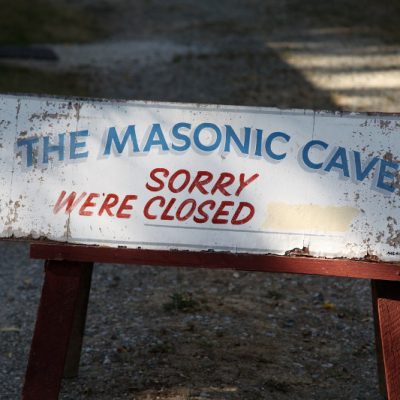
1 comment on “The Masonic Caves”Add yours →